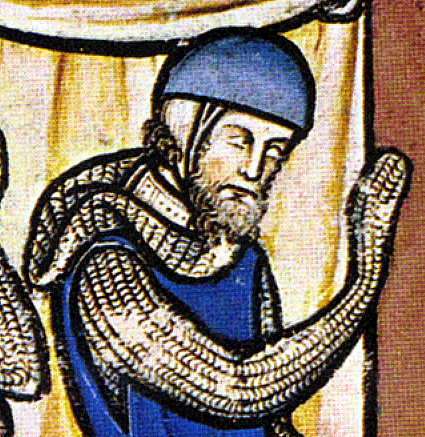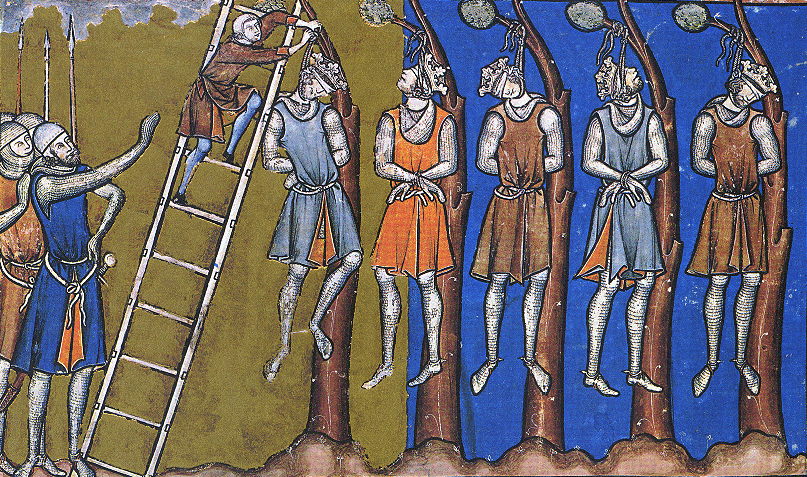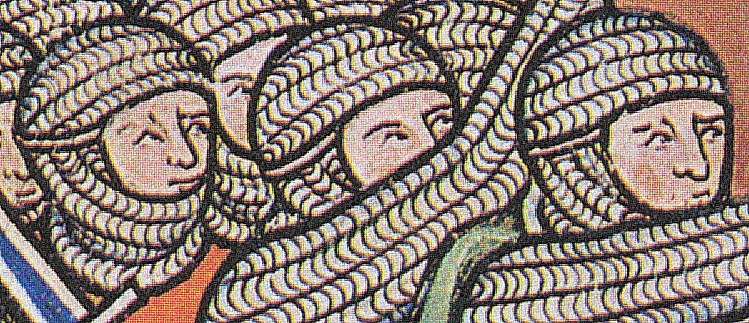After researching I can say it's almost certain those holes are for a liner. In period art, we can see the depiction of those holes in very many cases where the cervelliere is worn, both with an aventail/coif and with the helmet worn with no maille.
Check this picture out. The cerv has a leather strap attached and decorated to which vervelles have been added to hang the aventail. From the positioning of the aventail it certainly seems it's attached to the helmet. Compare to other pictures of a coif that is not attached to the cerv. Also note the date of this depiction. By this time it would be standard to attach an aventail to a bascinet or cerv.
http://manuscriptminiatures.com/4317/7110/Now look at this depiction of a cerv with no liner holes. Note the arming cap, and the seperate chinstrap, that could only come from a liner. (BTW I believe this is perfect ammo for the old "absence of evidence doesn't constitute evidence of absence" because although no holes are depicted they almost certainly were present.)

In this picture the guy in blue at the left (who is probably the same individual from the previous picture) has liner holes plus an arming cap, and his coif is clearly not attached to his cerv.

In this pic, you can see what it looked like to wear the cerv under the coif.

This guy gets it right (well almost, but the closest I've seen) with the look of his cerv both under the maille and alone. Compare to the holes on the helm pic pasted by Sir Ian. Note the two distinct sizes of holes on Ian's pic and the rivets and liner holes on this repro.
http://dawnofchivalry.wikispaces.com/Mail+Coif+-+Biro%27s+projectGranted this is all based on period art, and as such can't be regarded as gospel, but based on the evidence I think it's safe to say the holes are for a liner in at least some cases which should be enough justification for a historical impression.
Scott